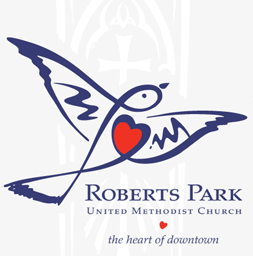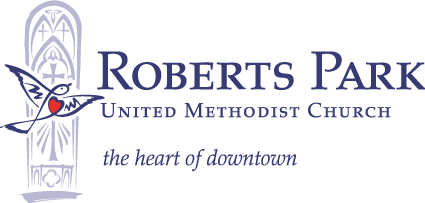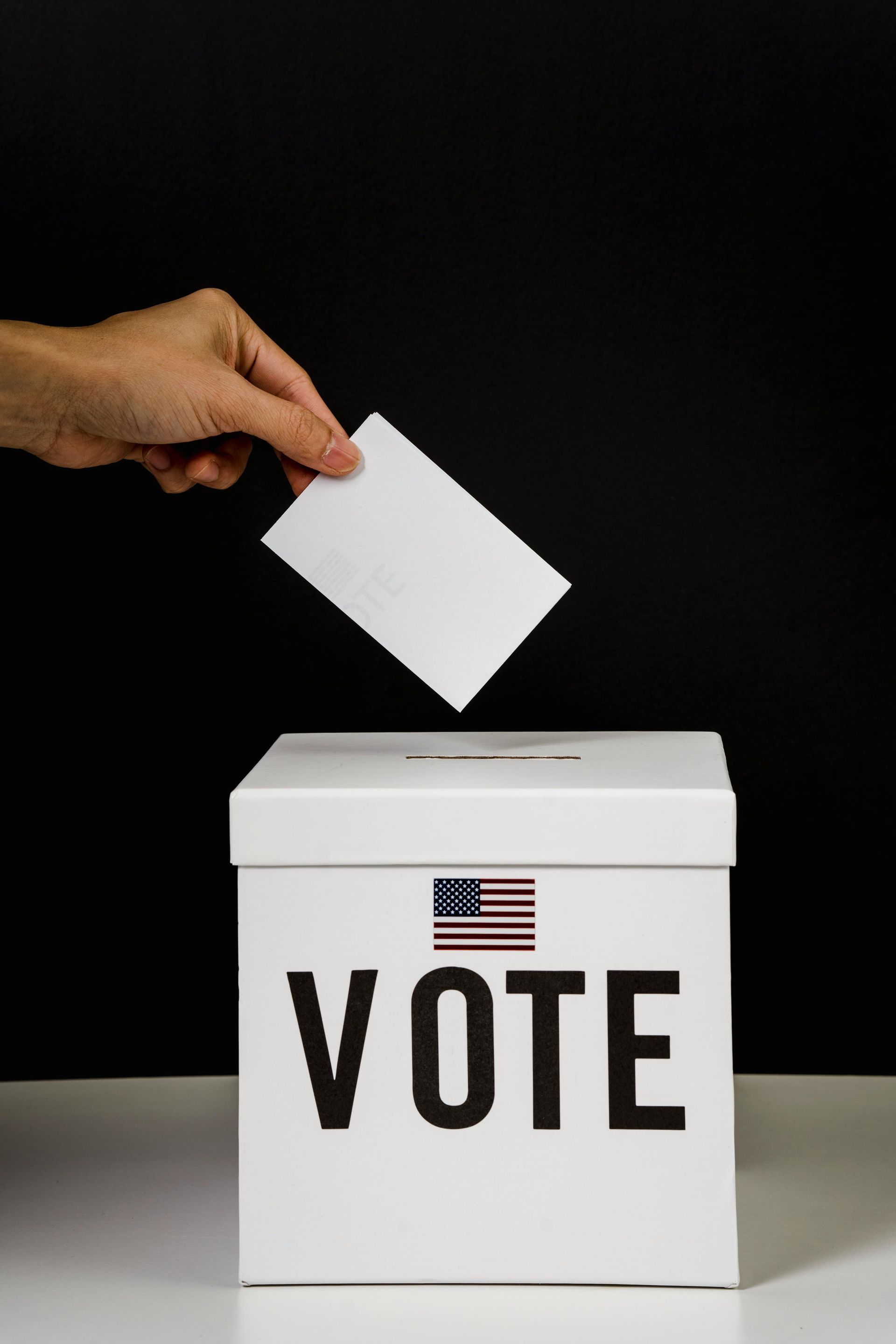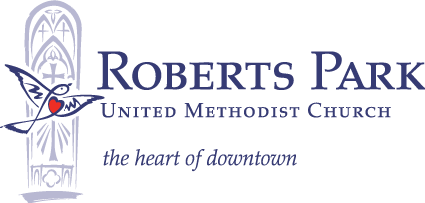Demographics of the Unhoused
This week, we are looking at the demographic information for our unsheltered friends who are so present in our community. As you read the information last week that described the people who live in the 2.5-mile radius of Roberts Park, you may have noticed there was little, if any, information regarding our unsheltered population. You may have wondered why. Here is what we found. It comes from a nonprofit organization here in the community called CHIP (Coalition for Homelessness Intervention and Prevention).
As you will see, it is difficult to measure the extent of the unsheltered's presence and their needs because of their transient movements, but we see and experience their presence and their great needs here at the corner of Vermont and Delaware streets.
As we look into our future and what God is asking of us, we know that caring for these friends needs to be a part of the plan. So take a Holy Moment and see what God is saying even through this important information.
🧩 Why the Homeless Population Is Often Underrepresented
- Census Method Limitations
- The U.S. Census Bureau tries to count people experiencing homelessness through a process called “Service-Based Enumeration”—visiting shelters, soup kitchens, and known outdoor locations.
- But this occurs only during a small time window and misses many people, especially those:
- Living in cars, tents, or temporary encampments
- Not using shelters or services
- Avoiding contact due to trauma or mistrust
2. MinistryInsite and Commercial Tools
- These tools primarily use housing addresses and tax parcel data, so unsheltered populations and those in transitional housing are excluded or vastly undercounted.
3. Impact on Neighborhood Demographics
- In areas like downtown Indianapolis, where there are known concentrations of unsheltered individuals (including near Roberts Park), this means the true socioeconomic reality is more distressed than the numbers suggest.
🧩 Local Context for Roberts Park (Vermont & Delaware streets)
Downtown Indianapolis, especially near Roberts Park UMC, has:
- Several shelters and transitional housing programs
- Encampments near downtown bridges and alleys
- A visible unsheltered population
The homeless population in Marion County (2023 Point-in-Time Count) was estimated at:
- 1,761 people, with ~450 unsheltered
- 55% identified as Black, despite Black residents being only ~29% of the city’s population
- ~20% identified as chronically homeless
- A significant number identified with mental health or substance use disorders
Source: Coalition for Homelessness Intervention and Prevention (CHIP) Indianapolis
*Most publicly available demographic statistics—especially from the U.S. Census, American Community Survey (ACS), or commercial tools like MinistryInsite—do not fully include the homeless population, or include them only partially and imperfectly.
✅ What This Means for Our Church:
- Our experience with unhoused neighbors is not reflected in the demographic data — so planning based only on that data could miss real, urgent needs.
- Racial, economic, and health disparities are more severe among the unhoused population than in the housed population.
- Ministries that serve this population (as we do) are filling a gap not seen in the statistics — but felt deeply in the streets.



